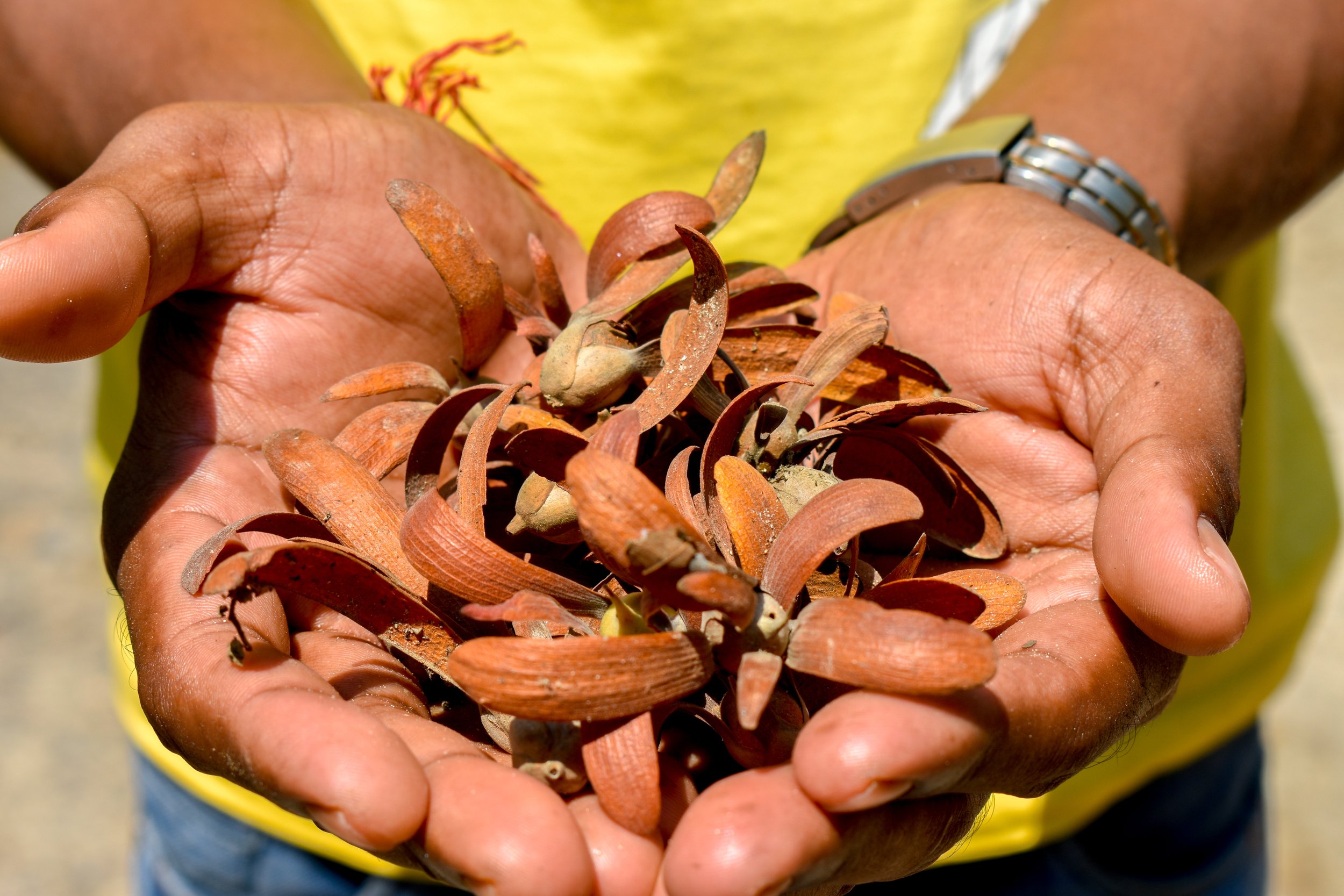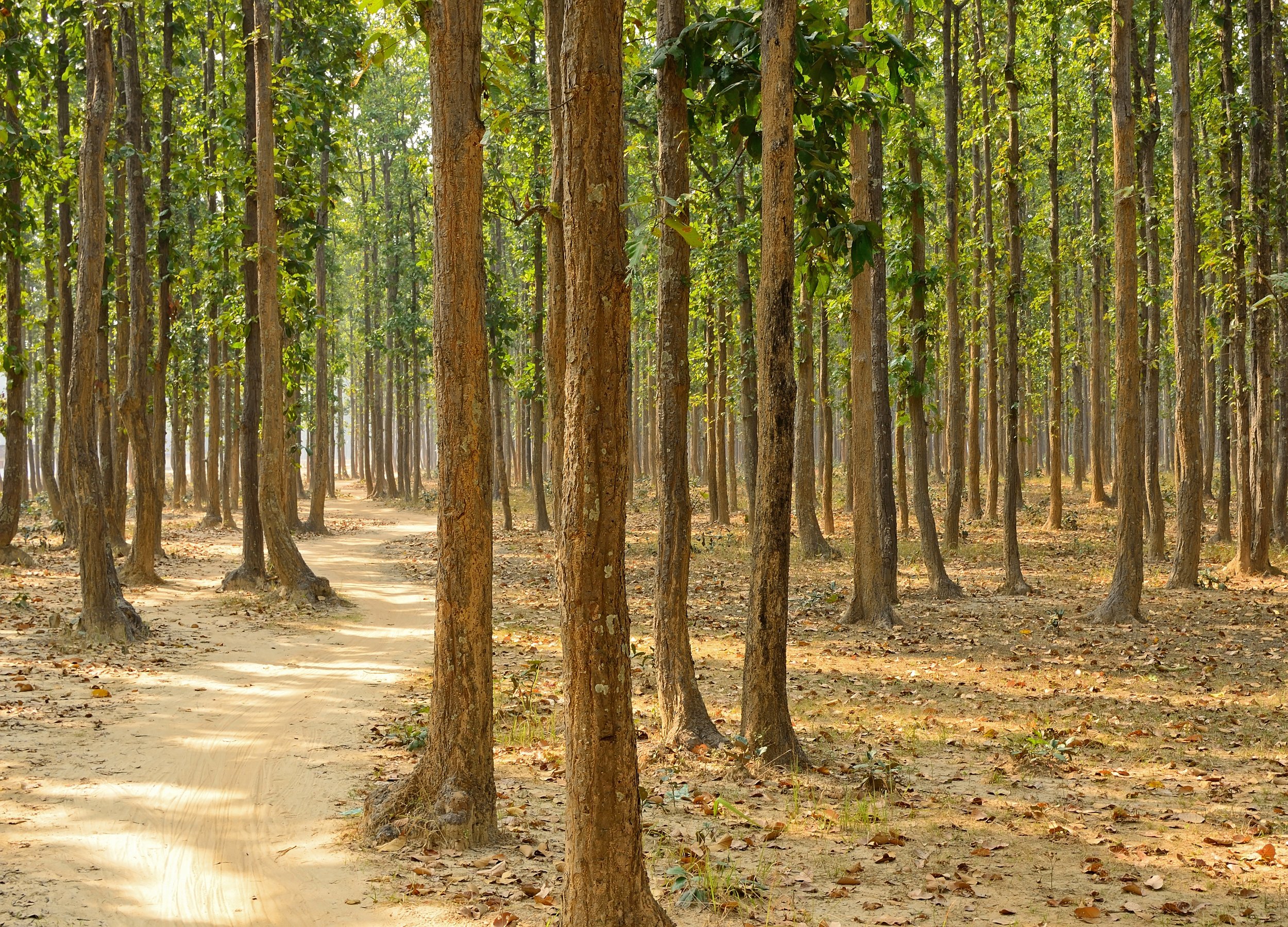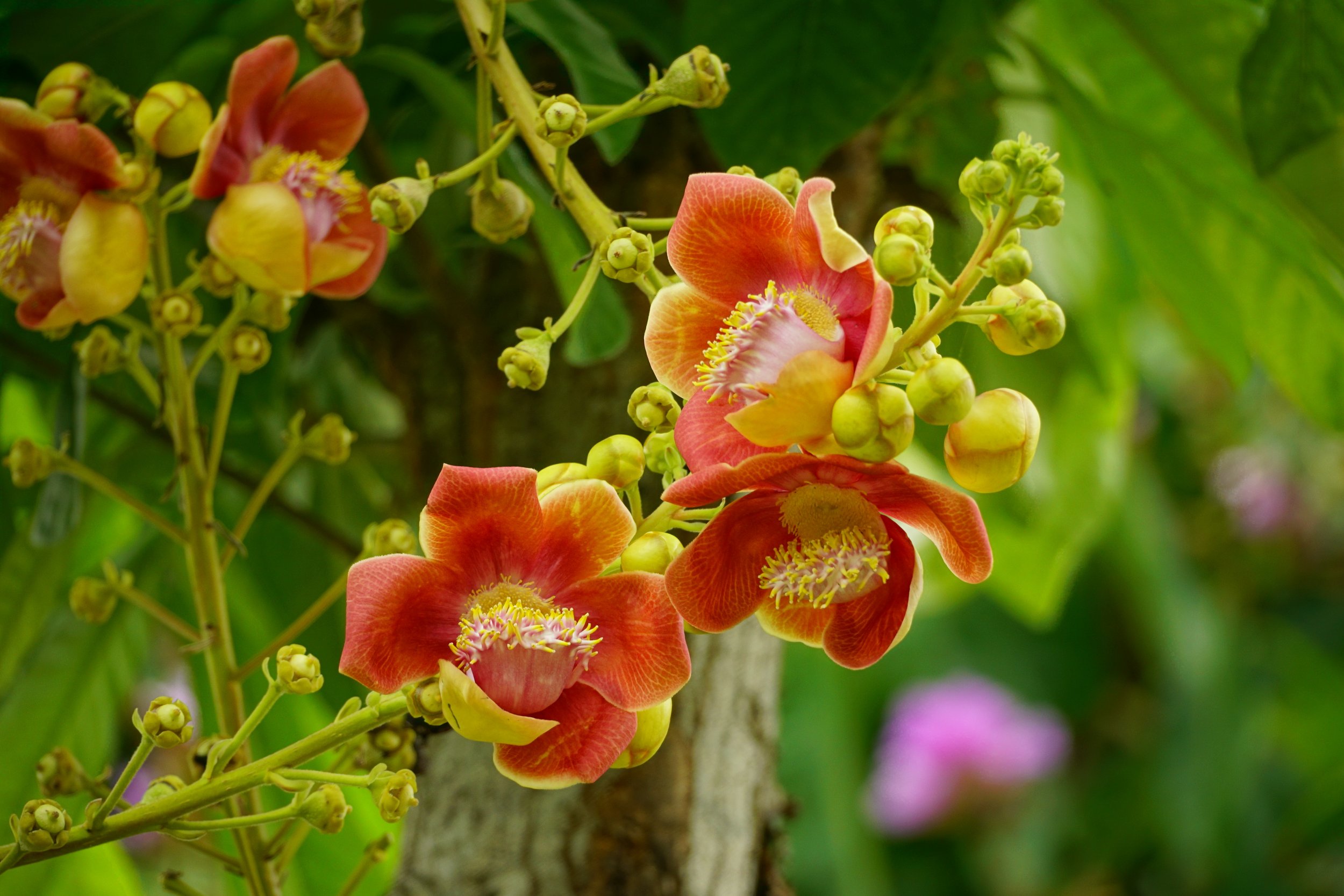
Sal Butter
Fatty oil from the Salmon Tree, Shorea robusta
Therapeutics
Emollient (skin softening), antioxidant, mildly protective against uv, prevent skin cell damage and improve skin’s flexibility
Plant Anatomy & Harvest
Native to India and other parts of the Himalayas, this tree is distinct in its ability to be both a deciduous tree in dry climates as well as an evergreen tree in wet climates. It can grow up to 40meters tall with a straight trunk and reaching branches with oval, leathery leaves.
The seeds are harvested and pressed to create sal oil and sal butter. Both are completely edible and often used in India as cooking oils.
Color
Light yellow to cream solid butter
Scent
Mild
Taste
Mild and a bit nutty
Quality
Hard butter that thickens and hardens your formula, spreads easily once incorporated into formula
Constituents
Contains both saturated and unsaturated fatty acids: stearic acid, arachidic acid, palmitic acid, and margaric acid (saturated fatty acids) and palmtoleic acid, oleic acid, linoleic acid, linolenic acid, and eicosenoic acid (unsaturated fatty acids)
Uses
Is completely edible and a great addition to cosmetic formulations and soaps. It adds amazing emollient properties to your recipe.
No known health concerns, safe to use daily.
References
C., S. K., Pradhan, R. C., Mishra, S., & Yildiz, F. (2016). Exploration of Shorea robusta (Sal) seeds, kernels and its oil. Cogent Food & Agriculture, 2(1). https://doi.org/10.1080/23311932.2016.1186140
Raphael R. Marandi, S. John Britto, & Prabhat K. Soreng. (2016). Phytochemical Profiling, Antibacterial Screening And Antioxidant Properties Of The Sacred Tree (Shorea Robusta Gaertn.) Of Jharkhand. International Journal of Pharmaceutical Sciences and Research, Vol. 7(7): 2874-2888.


